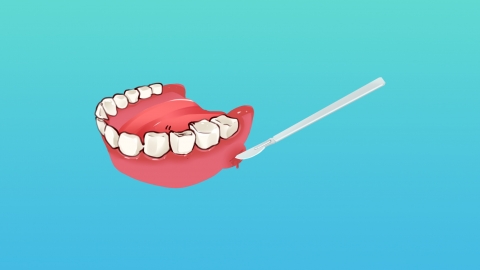Can a tooth cavity that has exposed the pulp be filled?
Generally speaking, whether a tooth cavity exposing soft tissue can be filled depends on the nature of the exposed tissue and the depth of the dental lesion. A detailed analysis is as follows:

A tooth cavity exposing soft tissue often results from advanced dental caries, which may cause gingival tissue proliferation filling into the cavity, hyperplasia after pulp exposure, or ingrowth of periodontal tissue. If it is a gingival polyp and the decay has not involved the pulp, after removing the polyp and carious tissue, if sufficient tooth structure remains, the tooth can be directly restored using materials such as resin.
If the pulp is already exposed beneath the polyp, this indicates pulp infection, and root canal treatment must first be performed to remove the infected pulp, followed by filling or crown restoration. If the polyp originates from the periodontal membrane, it often suggests severe tooth damage, such as perforation of the pulp chamber floor, in which case the tooth may not be salvageable and extraction followed by implant placement or other restorative options should be considered.
An oral examination and X-rays are necessary to determine the extent of the lesion and assess the possibility of preserving the pulp and tooth structure. It is recommended to seek prompt dental care to prevent further polyp growth or spread of infection, which could complicate treatment.






